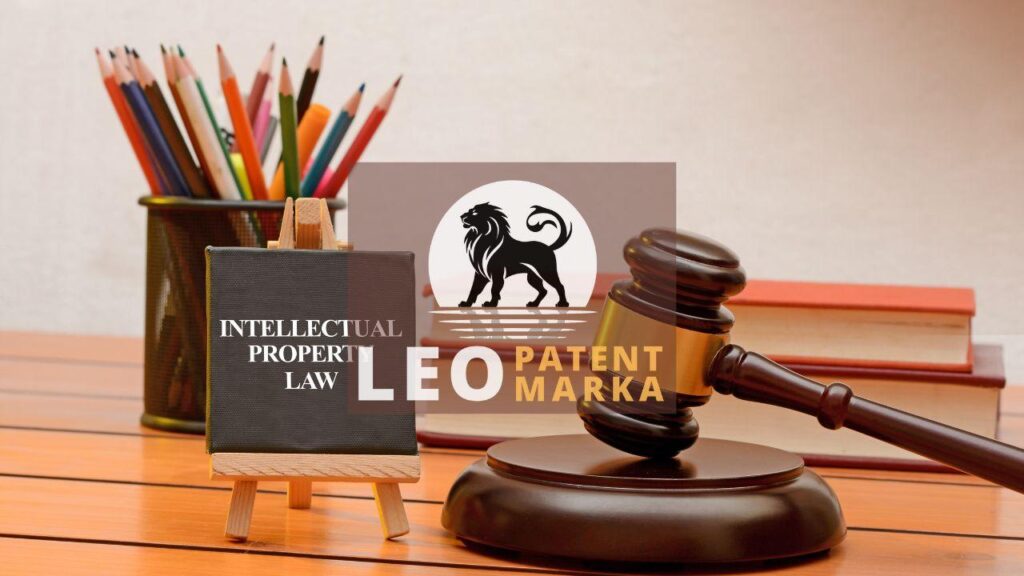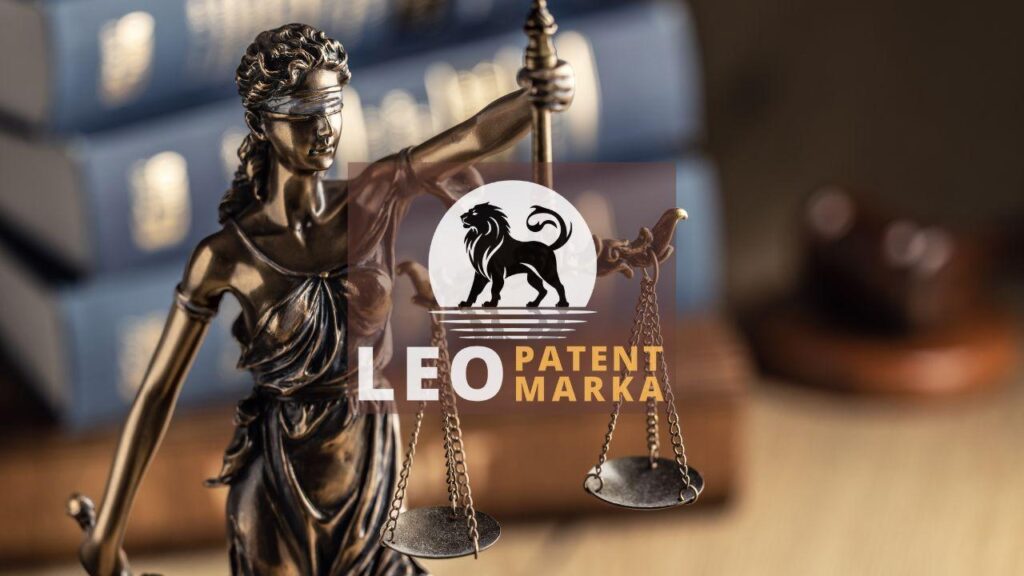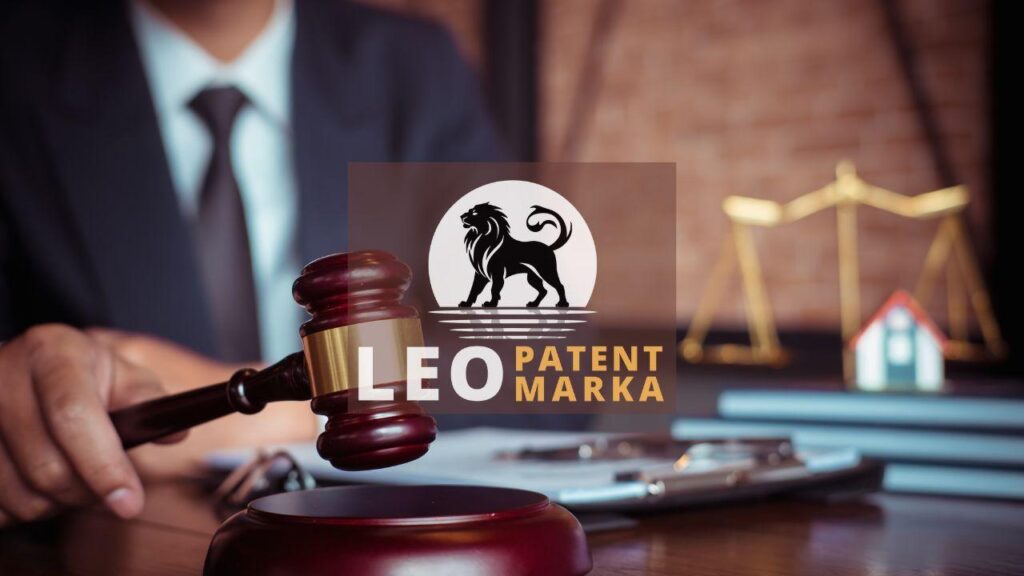Unlocking the potential of your creations isn’t just about having a great idea; it’s also about knowing how to profit from it. IP licensing is an avenue many overlook, yet it holds the key to monetizing intellectual property efficiently. By granting others permission through licensing agreements, you expand your reach without the heavy lifting. How does one profit from IP? Understanding the intricacies of intellectual property rights is crucial. It’s like owning a treasure trove that others want access to—your terms, your benefit. Some might think, “Isn’t this just about paperwork and legalities?” Far from it. It’s strategically aligning your assets with market demands, ensuring they work for you. Remember, in the world of business, every asset should contribute to the bottom line. By mastering IP licensing, you’re not just safeguarding your innovations; you’re also setting the stage to maximize revenue and achieve long-term success.
Understanding the Basics of IP Licensing
IP licensing is your blueprint for transforming creativity into cash flow. Think of it as leasing a room in your house; you retain ownership but earn from others using it. To monetize intellectual property effectively, understand its foundation. Start by grasping the basics: identify what you own, from patents to trademarks, and how it fits market needs. Intellectual property rights are like your legal shield, ensuring nobody profits from your brainchild without consent. Licensing agreements tailor the terms, from countries covered to royalty rates, giving you control. Profit from IP becomes tangible here. No longer is it a dusty legal document—it’s a dynamic strategy ensuring your creations continuously yield financial rewards. Recognize that mastering these basics isn’t merely a formality but your gateway to expanding influence while safeguarding your innovations.
Grasping the basics of IP licensing is akin to learning the ropes of a new language. At its core, licensing agreements are the bridge connecting your intellectual property rights with potential profit. Start by cataloging what you have—whether it’s patents, trademarks, or copyrights. Each element can become a source of revenue. Then, align these assets with current market demands. This ensures that when you monetize intellectual property, you’re playing the smart game. Imagine your intellectual property as a golden ticket: strategically placing it in the market keeps competitors at bay while unlocking streams of income. By mastering these essentials, your IP licensing journey will not just prevent unauthorized use of your creations but also maximize the yield from your innovations. It’s about turning dormant potential into active profit from IP—with structured steps paving the way.
Recognizing the importance of licensing agreements is like finding the last puzzle piece that completes the picture of monetizing intellectual property. These agreements, often seen as mere legal formalities, are the anchors securing your intellectual property rights to real-world profits. They dictate terms that can unlock steady revenue flows from your creations. Begin by crafting a fair and transparent agreement that specifies how others can benefit from your IP. After all, profit from IP isn’t just an idea; it’s a well-mapped path laid out in these agreements. Think of them as the rules of a game, where both parties play fair and win together. Tailor each licensing agreement to the specifics of what you’re offering and who you’re partnering with. In doing so, you transform abstract concepts into tangible, ongoing monetization opportunities, ensuring every step taken aligns with your overarching strategy of capitalizing on innovation.
Strategies for Successful IP Monetization
Turning your IP into a profitable venture requires strategic thought. First, understand the value and potential of your intellectual property. This isn’t merely about legal ownership. It’s about recognizing opportunities in the market and positioning your IP to capitalize on them. Crafting well-thought-out licensing agreements can forge profitable partnerships, allowing you to benefit from others’ expertise while retaining control. Think of it as a dance—both parties move in harmony to profit from IP. Robust intellectual property rights protect your creations, ensuring you maintain the upper hand. Regularly assess the market. Stay adaptable. This ensures your strategies align perfectly with evolving demands. Remember, being proactive enables you to successfully monetize intellectual property.
To successfully monetize intellectual property, cultivate strong licensing agreements. They’re your ticket to profitable ventures. Tailoring these agreements ensures they align with your business goals and market trends. Dive deep into negotiations, focusing on mutual benefits. Keep an eye on how to profit from IP without sacrificing control. Reach is crucial; expanding it through partnerships can drive revenue far beyond initial projections. Remember, flexibility in IP licensing can open doors to novel opportunities. Monitor intellectual property rights diligently to safeguard your creations. This robust approach protects your interests while maximizing potential gains. Stay abreast of industry shifts. Quick adjustments keep you ahead, ensuring IP licensing remains a powerful tool for profit. Reevaluate strategies regularly to reinforce your foothold in the market.
Realize the potential of monetizing intellectual property with well-planned strategies. Scrutinize potential markets to profit from IP effectively. Adapt licensing agreements to meet specific needs and current market trends. A flexible approach to IP licensing aids in capitalizing on unforeseen opportunities. Define clear boundaries in your agreements for robust intellectual property rights protection—these safeguard your creations while enhancing profitability. Cultivate strong relationships with partners who can help amplify your reach. Transfer knowledge when necessary and absorb expertise to stay ahead. Efficient IP licensing might seem like a maze, but with the right focus, it can turn into a goldmine of opportunities. Regularly update your tactics and remain vigilant in a rapidly changing market landscape. Embrace innovation and remain open to change. Strategically profiting from IP requires resilience and an agile mindset. A proactive approach guarantees that your intellectual property consistently delivers maximum value.
Navigating Common Challenges in IP Licensing
IP licensing can seem like a labyrinth, but navigating these common challenges requires a keen eye. One major hurdle is ensuring that the licensing agreements protect your intellectual property rights comprehensively. It’s like trying to hold water in a sieve; a single oversight can lead to leaks, resulting in lost revenue and unauthorized usage. Negotiating terms effectively is an art in itself. It requires knowledge of how to monetize intellectual property without giving away too much control. Consider market trends, potential partners, and the scope of any profit from IP licensing. Ignoring these components might lead to underperformance in leveraging your assets. Just like steering a ship through turbulent waters, steady guidance and foresight are necessary. Anticipate the typical pitfalls and address them head-on, knowing every challenge surmounted propels you closer to maximizing the rewards of licensing. Remember, with each barrier tackled, you’re one step closer to realizing the full potential of your IP.
Communication is the keystone in licensing agreements, forming the bridge between potential profit from IP and safeguarding intellectual property rights. Engage in dialogue where clarity rules, avoiding a tangled web of assumptions. Think of it as choreographing a dance where each step is measured, ensuring everyone knows their rhythm and place. Now, consider the legal challenges—every licensing contract must be solid, a fortress protecting your unique creations. An oversight here can unravel your entire plan, turning a lucrative opportunity into a costly lesson. Whether it’s the duration, territories, or financial terms, leave no stone unturned. Even the most robust strategy can falter if there’s a misalignment with market realities. Consistently re-evaluate your licensing agreements, adjusting gears as the market shifts. After all, agility is not just desired in monetizing intellectual property; it’s crucial. Through proactive management, your IP journey becomes not just smoother but also significantly more rewarding.
Strategizing your approach to IP licensing is crucial to sidestep common hurdles and maximize profit from IP. Intellectual property rights often face threats from rapid technological advances and competitive markets. It’s akin to fencing off a valuable plot of land; you must define boundaries clearly and protect your assets vigorously. Licensing agreements should reflect a keen understanding of these dynamics. Dive deep into market research to comprehend emerging trends that could impact your strategy. Forecasting market shifts and anticipating demands not only strengthen your grip but also ensure your creations don’t get lost in the crowd. Aligning your licensing agreements with these insights is vital. Any erosion in this alignment can undermine your ability to monetize intellectual property effectively. Be vigilant, mitigate risks with proactive measures, and enhance your frameworks steadily. This approach enables you to convert potential challenges into stepping stones toward successful IP licensing.
Disclaimer: This article is for general information purposes only and it is recommended that you consult experts and companies in that field to evaluate your specific situation. We are not responsible for any damage that may arise from the use of the information in this article.







